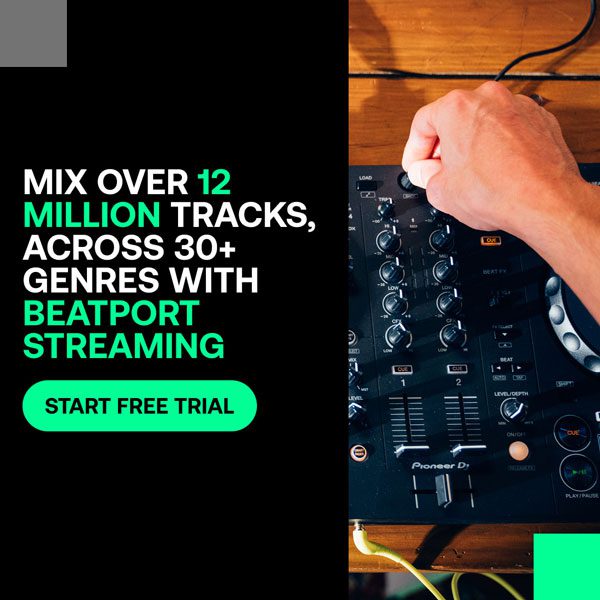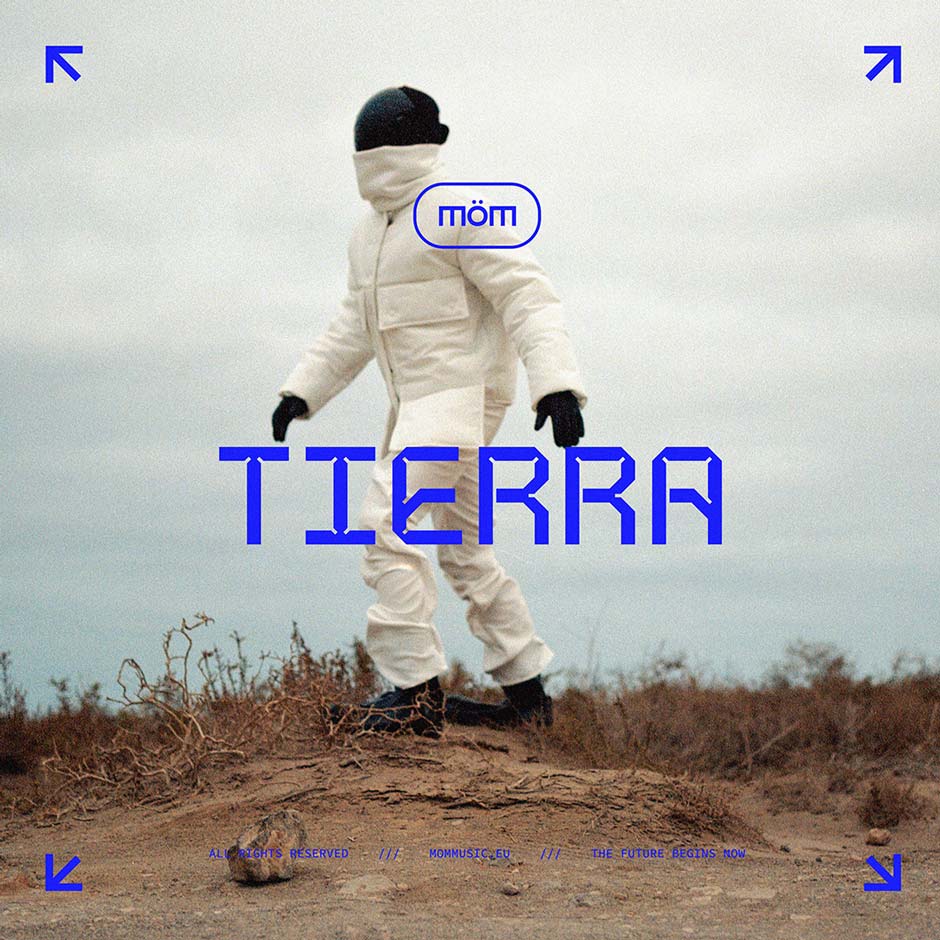When Liz Pelly’s investigative report on Spotify’s use of ‘ghost producers’ surfaced in Harper’s Magazine, it cast a stark light on a facet of the streaming giant’s operations that had remained largely hidden in plain sight.
Photo by Sandeep Swarnkar on Unsplash
Her findings paint a picture of a platform that doesn’t just curate playlists but actively commissions music under murky circumstances—hiring anonymous producers to create tracks that are then uploaded under pseudonymous artist names. The goal? To fill popular playlists with inexpensive, royalty-free content, often bypassing traditional artist compensation structures. The report is a wake-up call, forcing us to reckon with the economic and ethical implications of this practice for the music industry at large.
Spotify’s playlists, especially marquee names like ‘Peaceful Piano’ and ‘Deep Focus’, have become cultural touchstones, shaping listening habits for millions. These playlists are integral to the platform’s power, drawing in subscribers and generating billions of streams. What Pelly’s report reveals, however, is that some of the tracks featured prominently in these playlists are not the organic works of emerging or established artists but are instead commissioned from anonymous producers—“ghost producers”—for a flat fee. Once purchased, these tracks are attributed to fabricated artist profiles, enabling Spotify to sidestep paying royalties for repeated streams.
At the heart of this strategy lies Spotify’s complex royalty structure. Normally, artists earn a small fraction of a cent per stream, with payments divided among rights holders, including labels and publishers. By commissioning music outright and uploading it under pseudonymous profiles, essentially eliminates the need to pay ongoing royalties. This practice not only saves the company millions but also underscores its evolution from a neutral platform into something resembling a record label—one that wields immense power over both the production and distribution of music.
For Spotify, the financial incentives are clear. Playlists like ‘Ambient Chill’ or ‘Lo-Fi Beats’ are designed for passive listening—background music for studying, working, or relaxing. Listeners engage with these playlists not out of loyalty to specific artists but for the mood they create. In such cases, the identity of the artist becomes secondary, if not entirely irrelevant. This allows the platform to populate these playlists with tracks it owns outright, reducing its operating costs while retaining full control over one of its most lucrative assets: playlist real estate.
While Spotify’s business model may be innovative, its reliance on ghost producers raises significant ethical questions. Chief among them is the issue of transparency. Should listeners be made aware that the “artists” they’re streaming are, in many cases, fictitious entities? Moreover, what does this mean for the broader ecosystem of independent musicians, who rely on streaming revenue to sustain their careers?
Spotify has long positioned itself as a “champion of artists”, offering tools and analytics to help them succeed in the streaming age. Yet, the ghost producer model undermines this narrative, creating an uneven playing field where independent musicians must compete not only with each other but also with its in-house creations—tracks that are engineered to perform well on the platform’s algorithmically curated playlists.
There’s also the matter of fair compensation for the ghost producers themselves. While these individuals are paid upfront for their work, they forfeit any claim to future royalties or recognition. In an industry where recurring revenue from royalties can be a lifeline, this arrangement further entrenches the exploitation of creative labor.
It is worth mentioning that Spotify is not the first entity to engage in such practices. The use of ghost producers has long been an open secret in electronic music, where prominent DJs often outsource track production while taking full credit. What makes its approach particularly concerning is its scale and systemic nature. As the world’s largest streaming platform, Spotify wields unparalleled influence over how music is consumed and monetized. By normalizing the use of ghost-produced content, it risks setting a precedent that could have far-reaching consequences for the music industry.
The ripple effects are already apparent. As other streaming platforms and tech companies scramble to emulate Spotify’s success, they may adopt similar strategies, further eroding the financial stability of independent artists. In a worst-case scenario, we could see a future where a significant portion of streaming catalogues is dominated by content that is effectively “owned” by the platforms themselves, leaving little room for authentic artistic expression.
Pelly’s report has sparked a crucial conversation about the role of streaming platforms in shaping the music industry’s future. For Spotify, the backlash presents an opportunity to reconsider its approach and reaffirm its commitment to artists. This could involve greater transparency around the use of pseudonymous content, as well as fairer compensation models for the producers involved.
For listeners, the report is a reminder to engage critically with the platforms we use and the music we consume. In an era where algorithms dictate so much of our cultural diet, it’s worth questioning who benefits from the choices we make—and who might be left behind.
As Spotify gears up for its next phase of growth, it faces a pivotal choice: double down on cost-cutting measures that prioritize profit over people or take meaningful steps to support the artists and producers who form the backbone of its success. The future of music—and the livelihoods of countless creators—may depend on which path it chooses.











